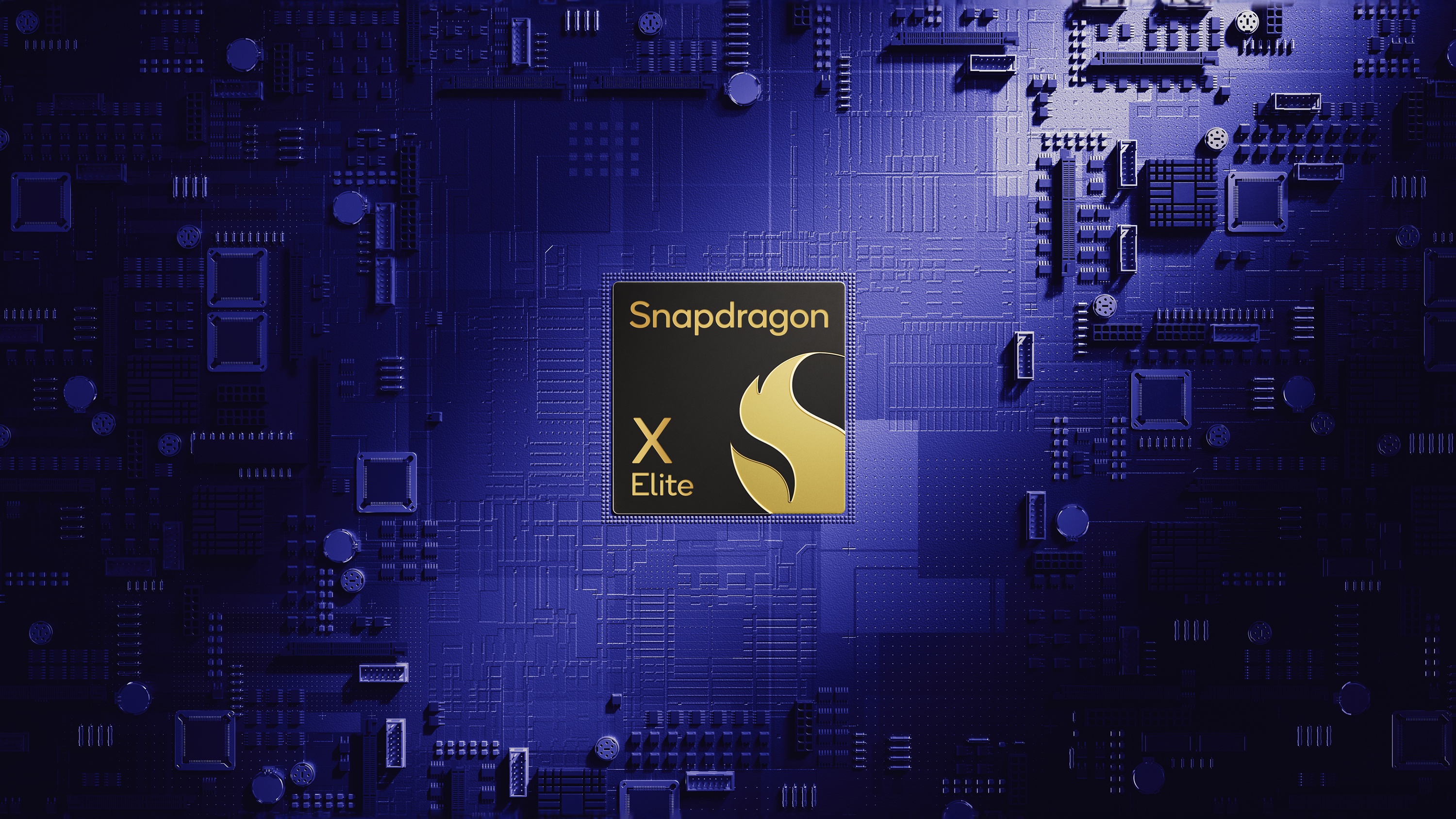
Qualcomm has added a heavy hitter to its GPU ranks. AMD’s former ray tracing expert, Paritosh Kulkarni, announced he’s joined Qualcomm’s team to work on DirectX 12.2 support for its Adreno GPUs. He’ll leverage his expertise in ray tracing to help develop DX12.2 features like DXR, mesh shaders, work graphs, and driver optimizations.
During his tenure at AMD, Kulkarni’s work ranged from rendering research to direct contributions to drivers for AMD’s graphics chipsets. Starting as a graphics API developer, he pivoted into ray tracing and became one of AMD’s top experts in the field. He was responsible for helping develop ProRender, the compute ray tracing API HIPRT, and other internal frameworks.
Qualcomm can likely benefit significantly from Kulkarni’s expertise. It hyped the Snapdragon Elite X as having “flawless” compatibility with Windows games, but that’s not proven to be the case. While the Snapdragon X Elite chips offer terrific AI computing power, there have been many problems with gaming on the new laptops.
Gaming has proven to be a weakness for the GPU powering the latest Copilot+ AI PC laptops. Even though the Adreno graphics are far greater than those offered by the typical Steam Deck’s APU, the less expensive device currently provides a much better gaming experience. The Steam Deck list of Verified and Playable game titles includes over 14 times as many games as the official list of “Windows on Arm Ready Games.”
While the Copilot+ AI PCs can already prove powerful choices for business and productivity consumers, Qualcomm wants to target every facet of the PC market. That means the company needs to increase significantly its compatibility with the most popular (and demanding) game titles.
At least on paper, the Adreno GPU has the performance capabilities to blow existing AMD and Intel gaming laptops out of the water. However, lacking GPU driver compatibility means many popular multiplayer games crash before loading. With Kulkarni’s expertise, this may soon change for the better.







